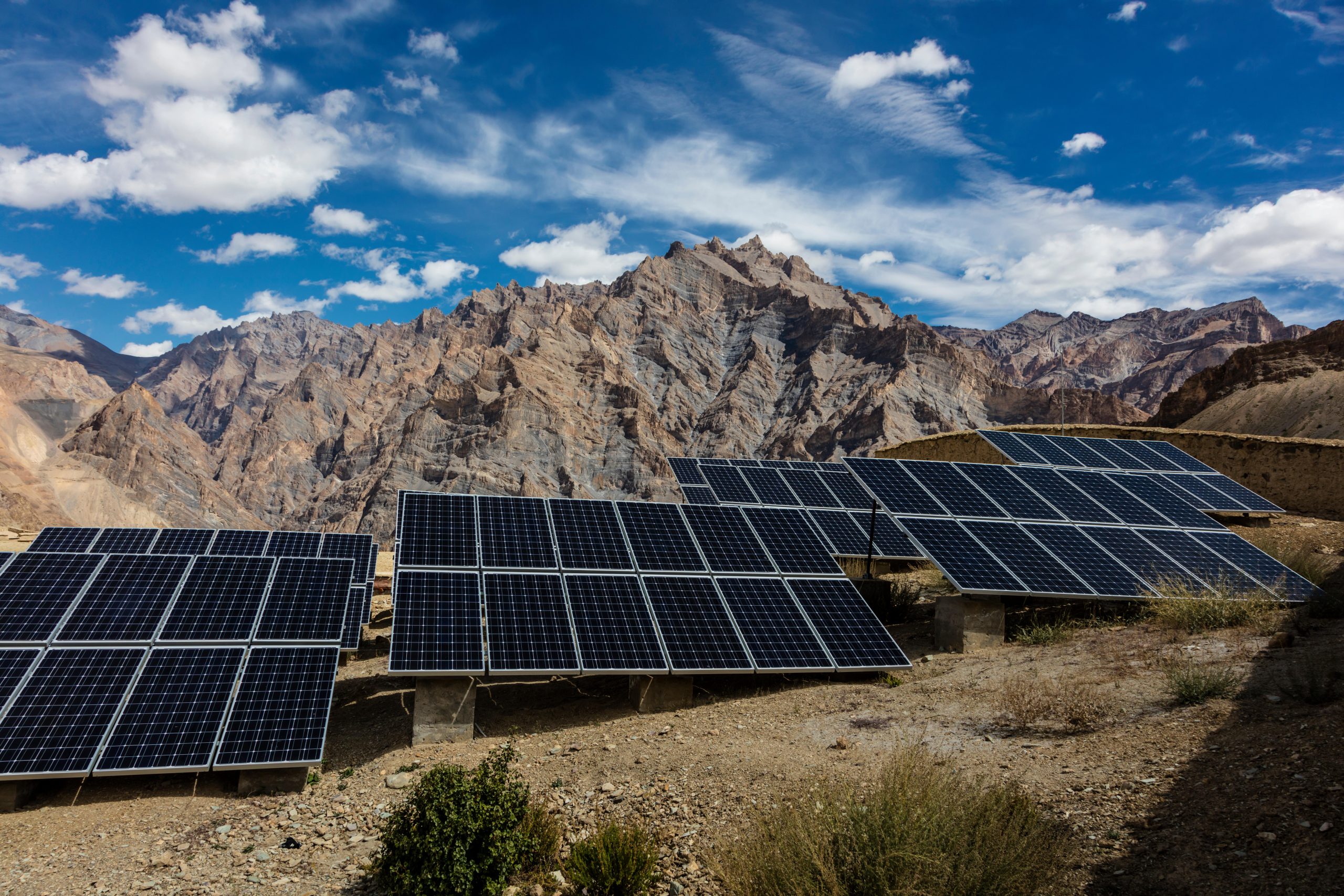Challenges in Ladakh’s Renewable Energy Transmission Project
The massive Rs 21,000 crore transmission project in Ladakh aims to evacuate power from renewable energy park. This initiative faces unprecedented challenges. These include security concerns, skilled labour shortages, and the need for extensive road infrastructure. The project is vital for enhancing India’s renewable energy capabilities but raises questions about its viability and impact on local communities.
About the Project
- The transmission project is designed to connect a 13 gigawatt (GW) renewable energy park in Ladakh to the national grid in Haryana.
- It will use high-voltage direct current (HVDC) technology to transport electricity over 480 kilometers.
- The park will primarily generate power from solar and wind sources.
Security Concerns
- The project is located near the China border.
- This proximity raises security issues for personnel and assets.
- Continuous security measures are necessary to protect the site during construction and after completion.
- Coordination with armed forces is essential to address these threats.
Skilled Labour Shortage
Ladakh has a limited local workforce. The project requires about 1,200 skilled workers. Power Grid Corporation plans to source labour from other states. This approach may lead to logistical challenges and increase project costs.
Infrastructure Development
The existing transport routes to the project site are inadequate for heavy equipment. Upgrading road infrastructure is critical. The Border Roads Organisation will assist in enhancing roads, bridges, and access routes. This will ensure timely delivery of materials.
Financial Viability
The project received Rs 8,309 crore in grants from the central government. However, questions about its financial feasibility persist. Concerns include high installation costs and potential delays. The project’s success depends on the planned 12 GWh of battery storage, which aims to improve capacity utilisation.
Environmental and Social Impact
Local activists express concerns about the ecological effects of the hybrid park. The project may disrupt traditional grazing lands. A pilot solar project is proposed to accommodate nomadic herders while allowing them to graze livestock beneath solar panels.
Future Prospects
The project is set to begin construction in 2025-26. It will take multiple working seasons to complete. As of late 2024, Ladakh’s renewable energy capacity is limited. The new park aims to increase this capacity, positioning Ladakh as a key player in India’s renewable energy landscape.
Month: Current Affairs - February, 2025
Category: Government Schemes Current Affairs


